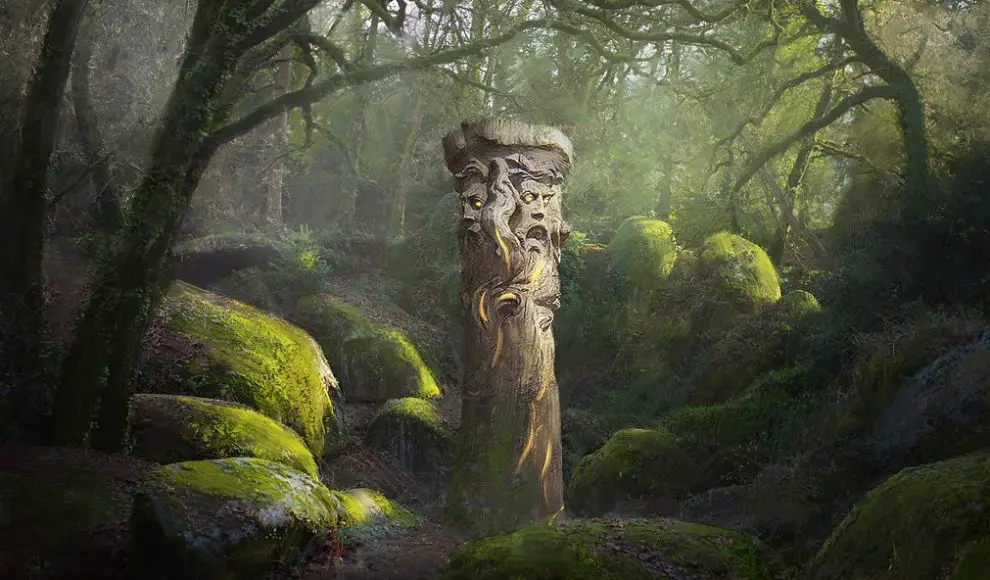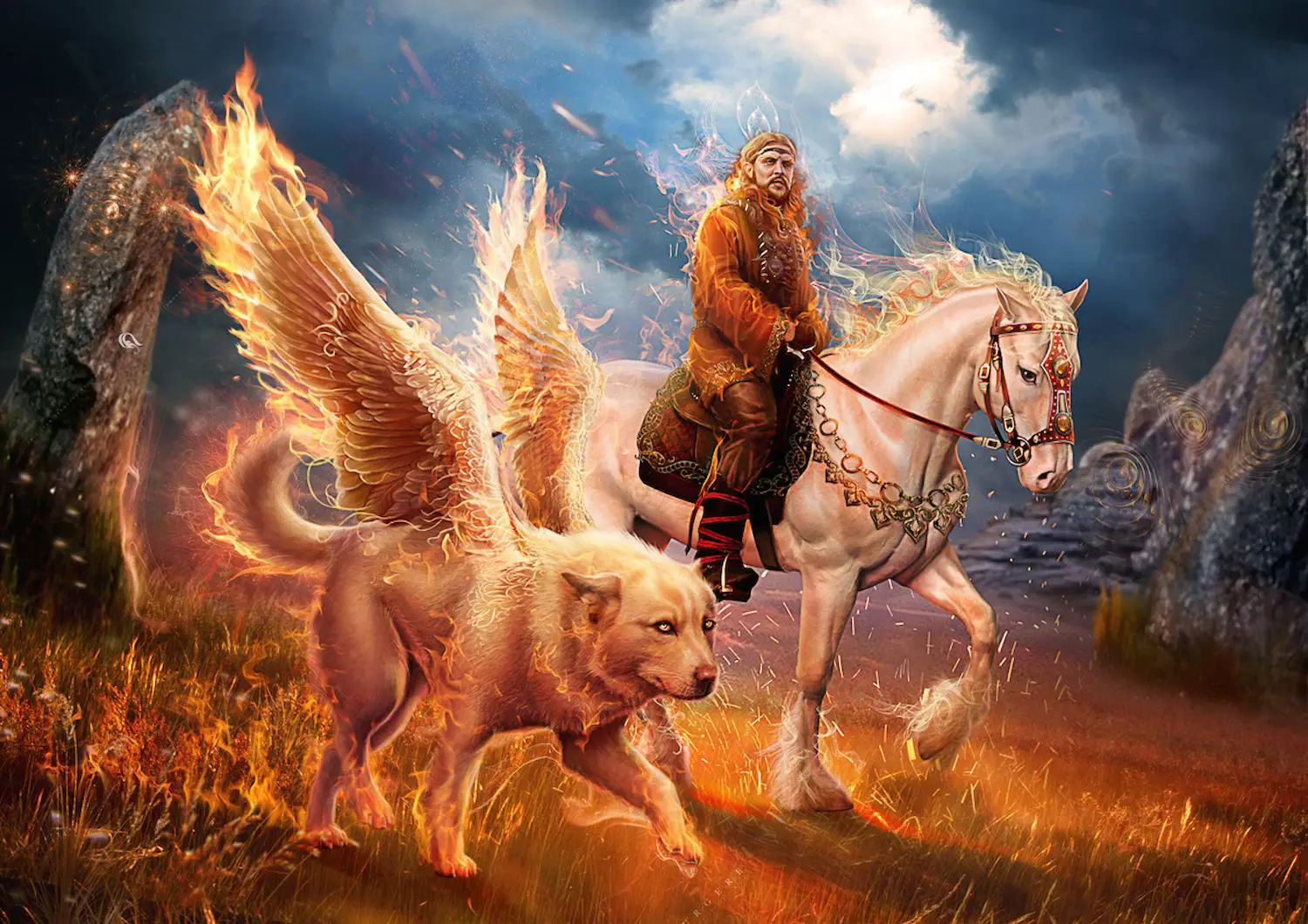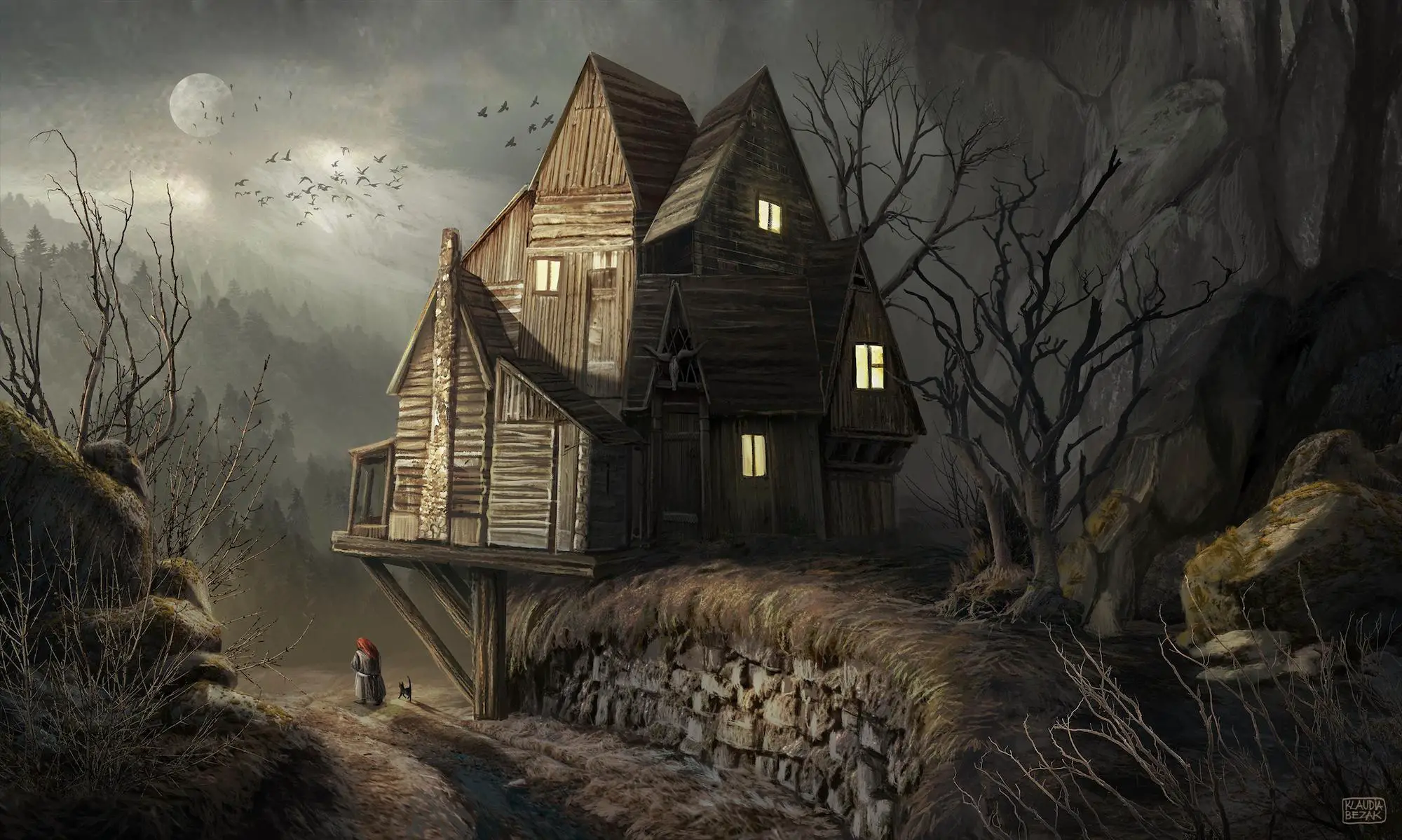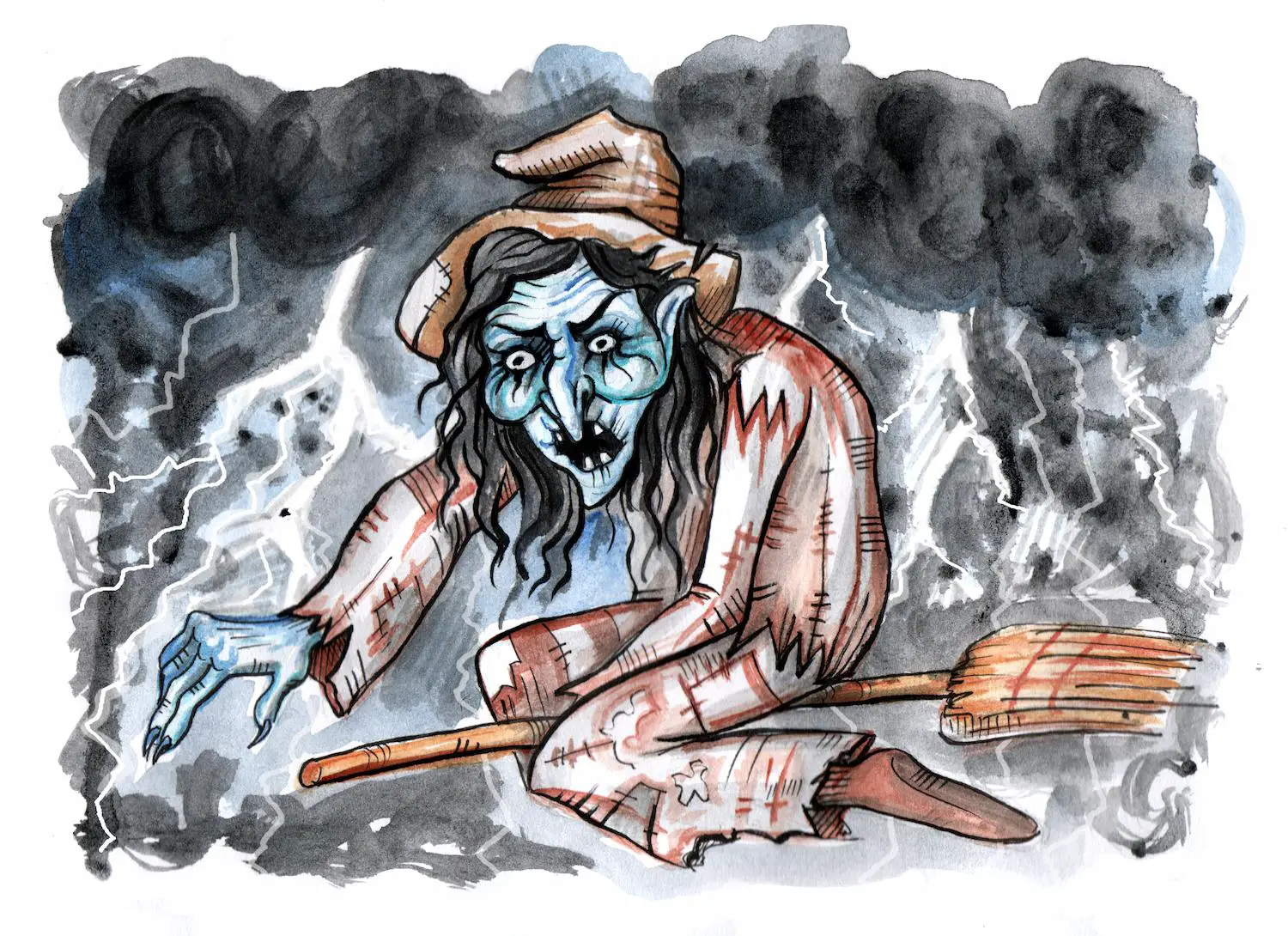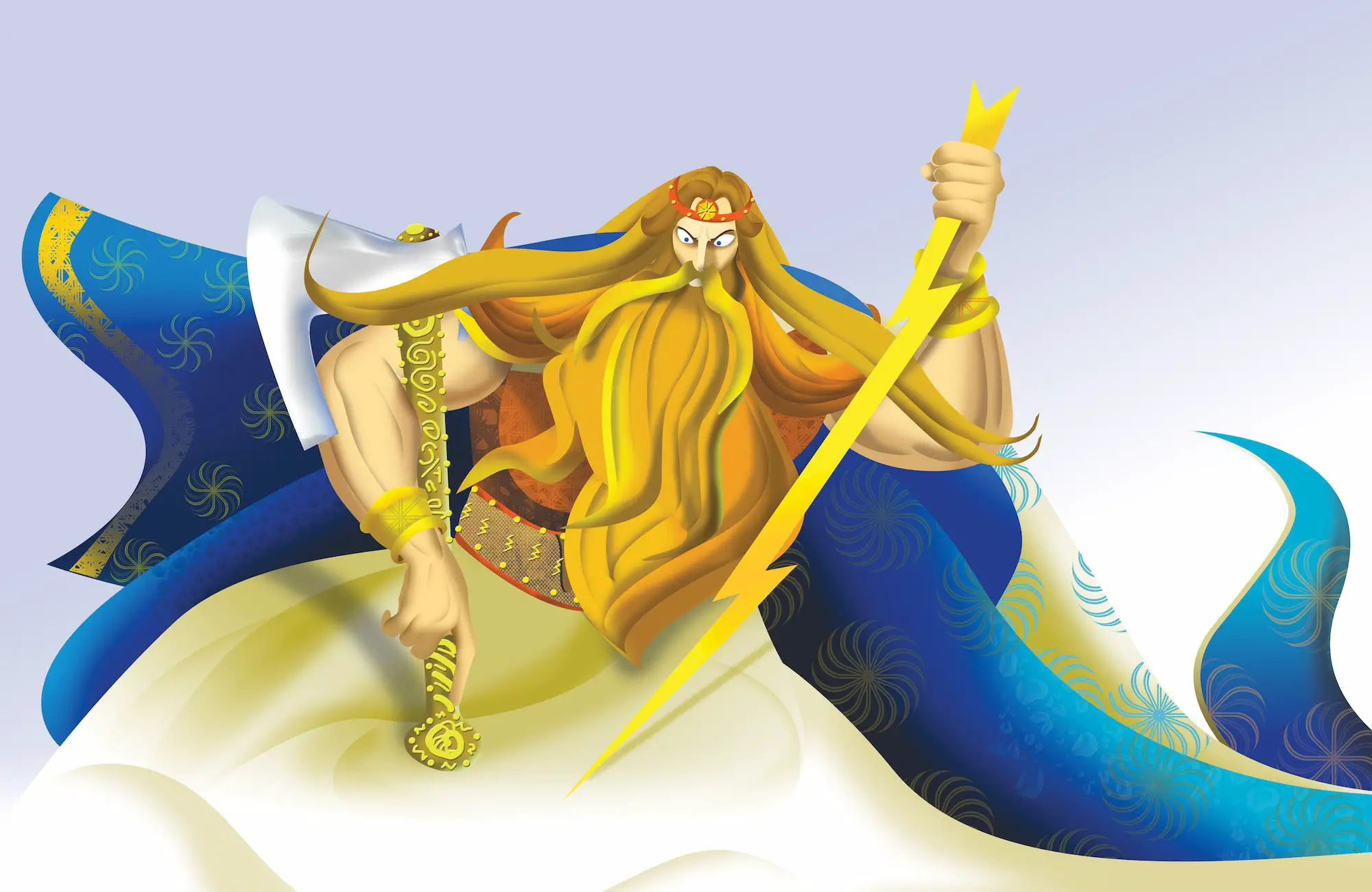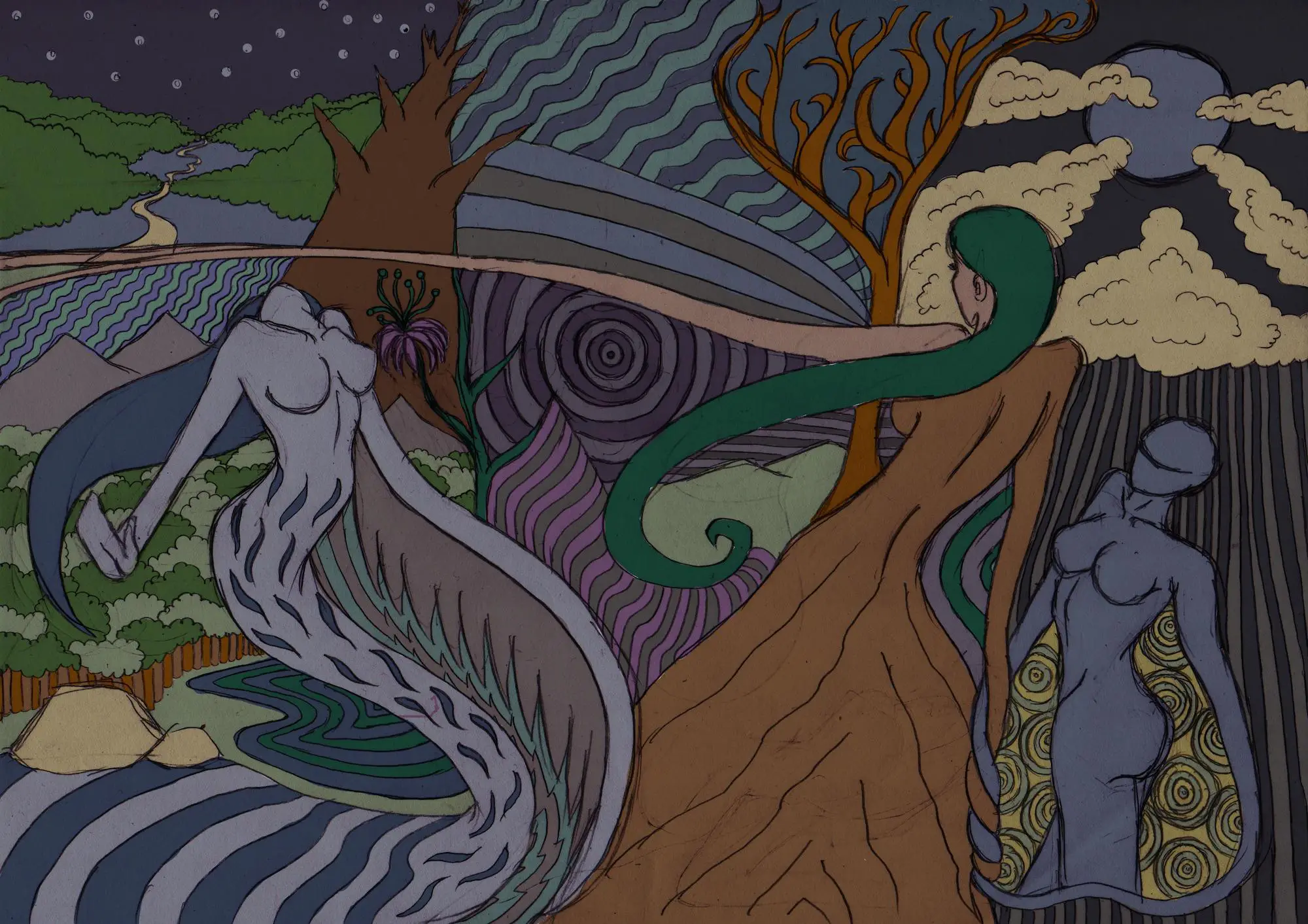Svetovid was the protector of the arable lands and the God of the sun and light for those ancient Slavs who believed in him. And for all others, he was a god of war, destruction, and defeat.
Svetovid is also known under other names, depending on the particular Slavic area: Svyentovit, Svantovit, Swietowit, Svevid, or simply Vid.
Svetovid was the main deity of Baltic Slavs and his cult is highly connected with fortress Arkona, located at Ruyan (Rugen) Island, which was once considered the Holy land of the Slavs. The bulk of data about Svetovid comes from this ancient Slavic sanctuary.
Table of Contents
Svetovid: The Protector of Western Slavs
One of the oldest pieces of information about the god Svetovid was found in the documents of Friedrich Barbarossa in the early 12th century, as well as in the chronicle “Chronica Slavorum” written by Helmold of Bosau.
There is also a modicum of information in “Gesta Danorum”, a chronicle written by the Danish historian Saxo Grammaticus [1].
These chronicles have noted that the Slavic people had the freedom to worship any deity from the so-called Pan-Slavic pantheon but West Slavic tribes usually chose a god that represented their specific customs and needs.
They would erect temples which would then become the places of pilgrimage for people from the Slavic territory (Slavs).
The Slavic tribe that worshipped Svetovid was the tribe called Rani (Ranowie) which was a West Slavic Polabian tribe that settled on the south-western mainland across the Strelasun, a lagoon of the Baltic Sea.
These Baltic Slavs occupied the region of today’s north-eastern Germany.
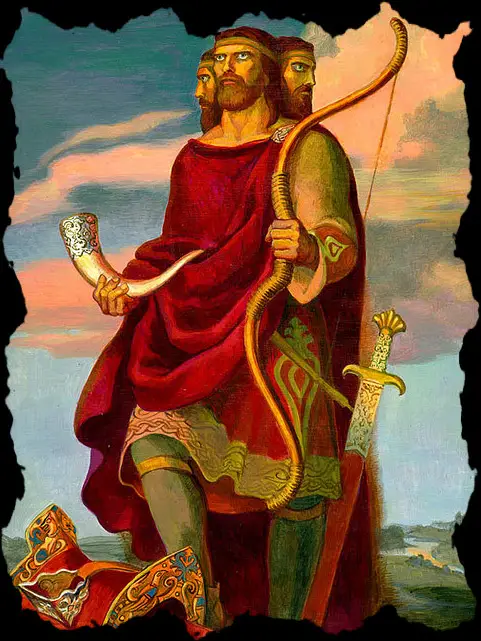
The main temple of Svetovid was located on the cult site of Jaromasburg, Cape Arkona where rituals were performed from the 9th to the 12th century [2].
The name of this holy place originated from the name of Prince Jaromar I (from Rani) who in the 12th century became a vassal of the Danish king Valdemar I (when Denmark conquered this territory, that’s usually how vassalship worked).
Archeological excavations that took place on the hill found many offerings to Svetovid (like weapons and such).
According to “Chronica Slavorum” by Helmold of Bosau, Svetovid was a supreme god (Deus Deorum) among all the Slavic tribes, but it is worth mentioning that the West Slavic tribes were the only tribes he had contact with (How did they talk to their gods without Twitter?).
Helmold added that Svetovid had greater power than the kings or counts at the time. Svetovid was believed to be the most powerful of all deities.
Svetovid was considered the Slavic god of war, bounty and fertility. He was presented as a war god with four heads. Four heads represented the four sides of the world.
He is represented with a sword, a bridle and a saddle that he hangs on his gracious white horse.
In one hand he carried the sword, while in the other he held a drinking horn. As an object of divination, his white horse was kept in his temple and was guarded by priests.
In the temple, there was a special seat for the Oracle. Oracle or the chief priest would observe how the white horse behaved. He also threw dice in order to predict the future.
The treasury of the tribe was also placed in the temple and protected and defended by the warriors.
In a nutshell, the goodwill of Svetovid was essential for the prosperity and wellbeing of warriors, harvesters, and merchant travelers.
The Temple of Svetovid on Ruyan Island
In the center of Arkona was temple of god Svetovid surrounded by two wooden fences. The temple was also made of wood, like all other Slavic temples, so today we have almost no remnants of these buildings. It was highly decorated with carvings and paintings.
The size of temple was 20x20m and in inner part of building was statue of god, 8m height, also made of wood. Svetovid had four necks and four heads, which represented small pantheon of main Slavic deities: Perun, Svarog, Lada and Mokos.
In his right hand he held horn made of different kinds of metals. This horn was filled with wine or nectar and according to the quantity of liquid in it, the priest predicted future of the land.
In the left arm he held a bow. In possession of Svetovid was also a massive sword made of silver. The body of statue was with carvings divided in three parts. The upper part symbolized the spiritual world, middle was material and the lower part symbolized hell.
The sanctuary of Svetovid in Arkona was destroyed in the year 1168 by Danish king Valdemar. The statue of god was torn down, cut in pieces and burned.
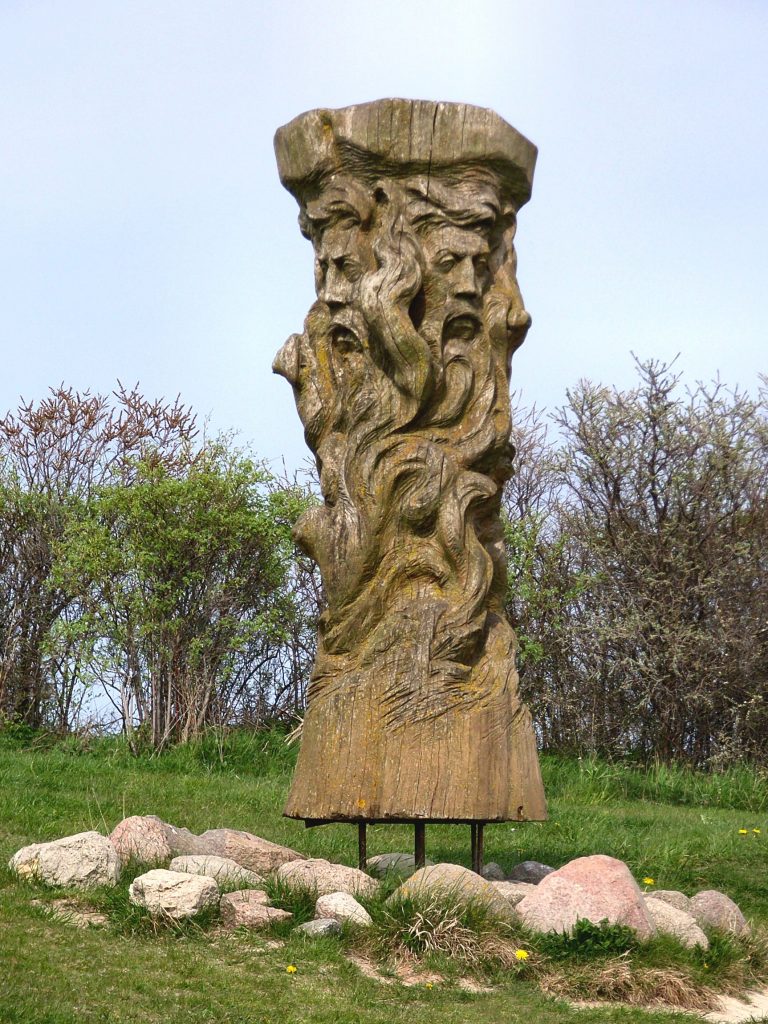
Svetovid: Rituals and Worshiping
Once per year, during the harvest period, in front of a temple, people sacrificed parts of animals, mostly heads of domestic animals. This was also a great religious feast in which many people took part. The priest would then predict abundance or scarcity in the upcoming year and pray to Svetovid for fortune and prosperity for the whole land.
The day before the feast, the priest would clean the temple with the broom taking care not to breathe inside the temple. When he needed air he would simply run to the door to take a breath since he could not allow the human breath to desecrate the sacred.
On the day of the celebration, a priest would take the horn from the statue. If the quantity of liquid decreased, the following year would be poor, and if it is the same it promised abundance. The rest of the day people would eat, drink, and dance which also was part of the ritual and celebration of Svetovid.
Svetovid’s temple was also a well-known oracle, where Slavs came to learn their future.
In the temple, a white horse was kept, which belonged to Svetovid. No one could touch it except the priest who would take care of the temple. It was believed that God rode on a white horse and lead his people in combat against enemies.
The white horse was used in the prediction of the outcome of the approaching battles.
Before going to war, in front of the temple priests would set the triple row of spears, and the horse was taken to cross over them.
In case the horse started with the right leg then it was considered that the outcome would be favorable. And if he started with left then war would be postponed. The temple possessed a great treasure. Slavs were obligated to give part of their harvest to the temple as well as prey.
It was believed that it was sacrilegious to pull the hair of a horse’s tail or mane and that this would destroy the horse’s divine power.
The Power of Svetovid
The rich treasury that was kept in the temple of Svetovid attracted many members of other tribes (They would come as pilgrims and as pillagers).
300 warriors were there to keep the temple safe. The tribe members’ faith in this god was so strong that they believed no harm would come to them as long as the temple stays intact.
In fact, the hill of god Svetovid was one of the last to fall during the period of forced conversion to Christianity that happened on this territory.
Historical records report that Arkona was the last Slavic center that fell down and became Christianized by the Danish king Valdemar I.
When he invaded Arkona, he plundered the tribe’s treasury and ordered his knights to take down the statue of Svetovid.
According to Helmold, the knights tied a rope around the necks of the statue and pulled it down right in front of the eyes of Rani’s members.
Then, they destroyed it with their swords and threw it into the fire. A part of the treasury that was plundered was then used to build 12 Christian churches in the same area where the temple was.
Other Theories on Svetovid
According to some historical interpretations, Svetovid (or the Dawning One) was another name for the deity Radegast while others claim that this deity was a fake god and a Wendish construction based on the Christian name Saint Vitus.
The common practice of the Christian Church was to replace pagan deities and places of worship with Christian religious elements.
Nevertheless, the story of the Slavic god Svetovid remains (to this day) a part of Slavic mythology [3].
Etymology of Svetovid’s Name
There are a lot of theories about the exact meaning of Svetovid’s name. Some scholars think that name is a combination of the words “svet” which means saint and the word “vit” which means hero, knight. This way Svetovid’s name would mean St. Hero or St. Knight.
Others think that the word “vid” means light, so the name can be translated as Saint or Holy light. But the closest is the theory where the word “vid” is translated as world, and “sve” as all, everything, entire. According to this theory, Svetovid is God who sees everything and knows everything.
As a confirmation of this is a fact that Svetovid is presented as God with four heads turned in the four directions of the world. So he was the one who observed the universe, saw and heard everything.
The Bottom Line
We’ve talked a little about the belief of the Western Slavs. As a supreme god, Svetovid was also an inspiration to many artists.
The famous painter Alfonso Mucha painted “The celebration of Svantovit” (a painting inspired by the Baltic Slavs).
David Leeming (British politician) was the first one to make the connection between the number of heads Svetovid had (the number was 4) and the number of seasons as well as sides of the world.
Sources
- https://west-slavs.tumblr.com/page/27
- https://culture.pl/en/article/what-is-known-about-slavic-mythology
- https://www.scribd.com/document/297777151/Legends







